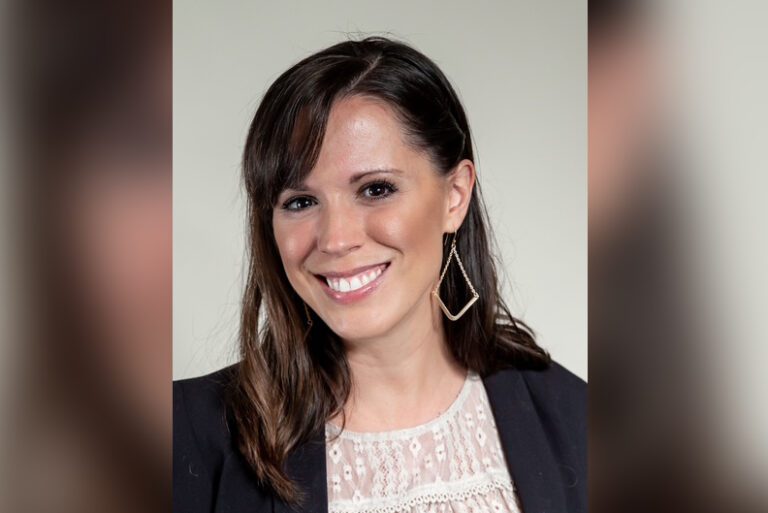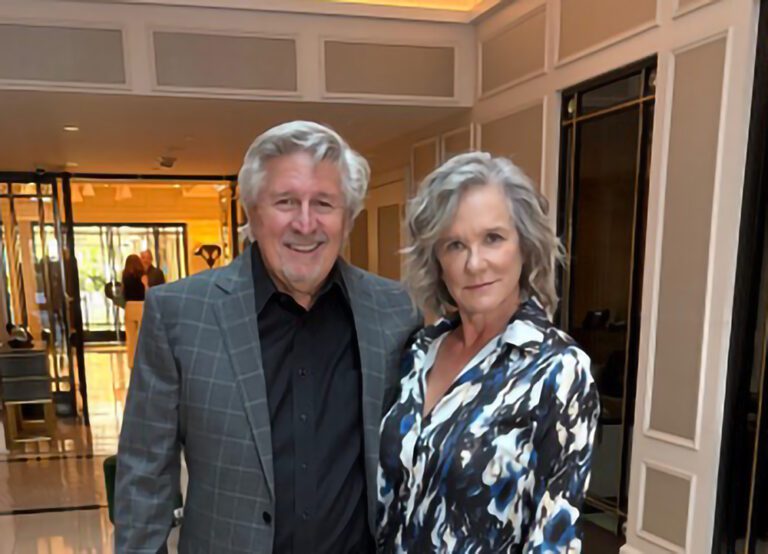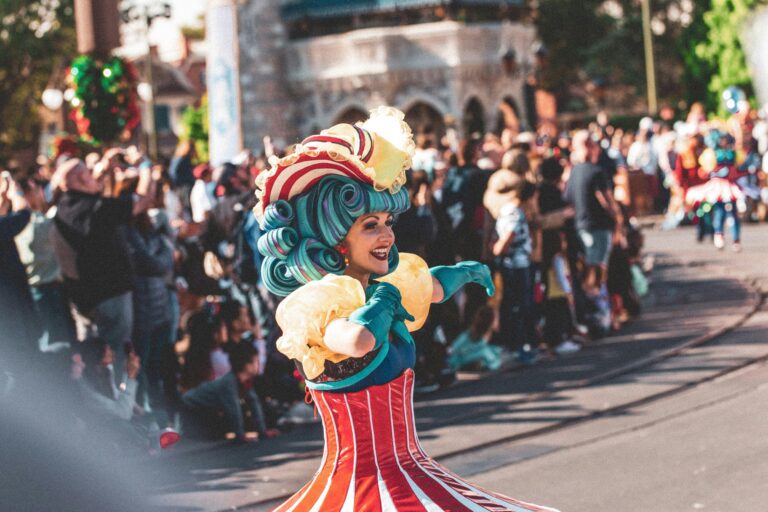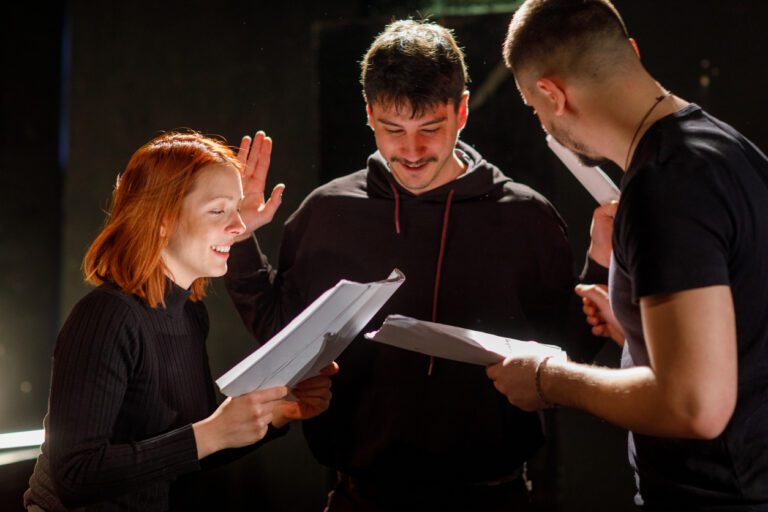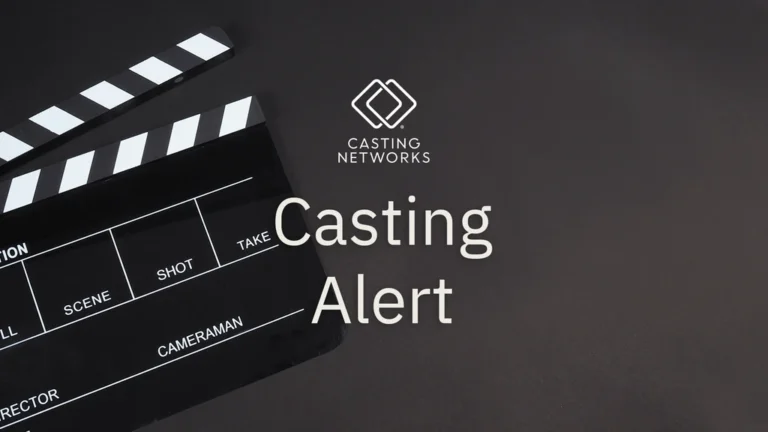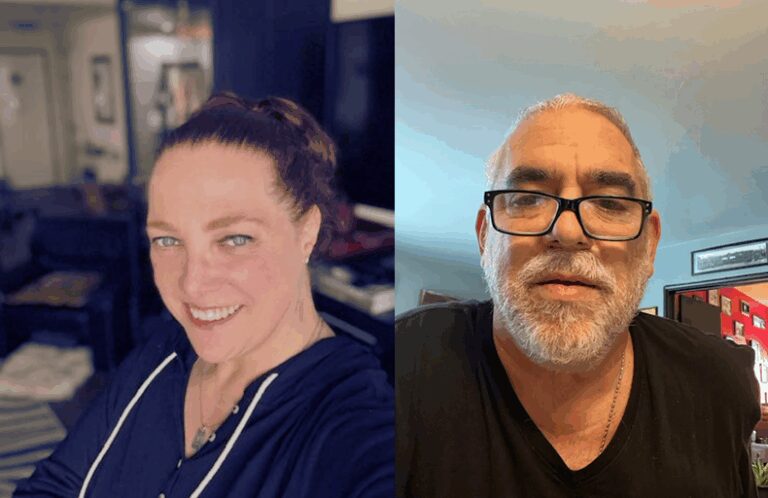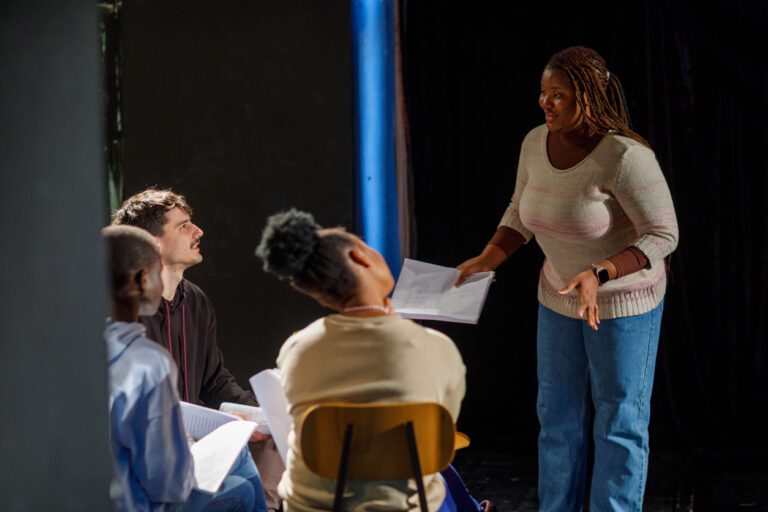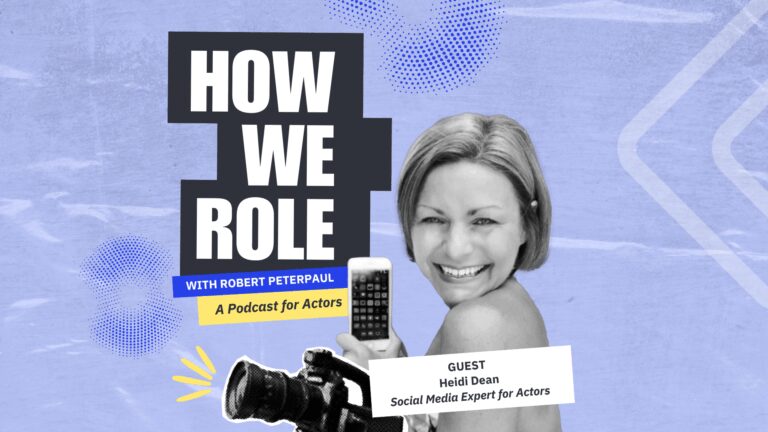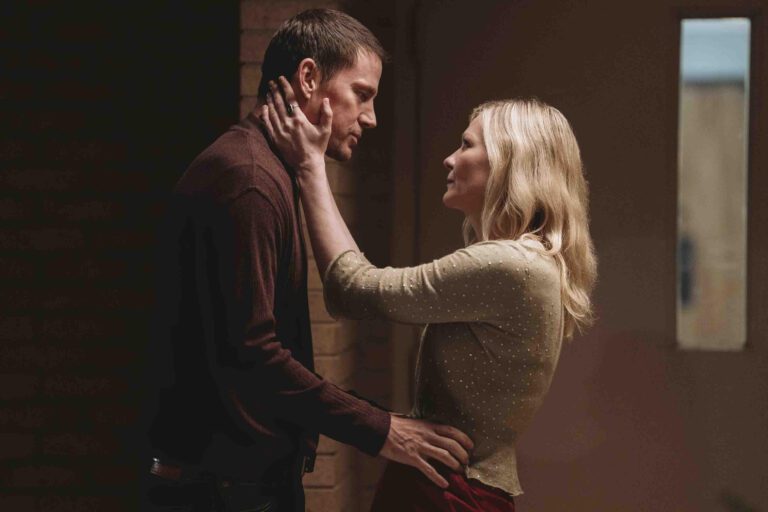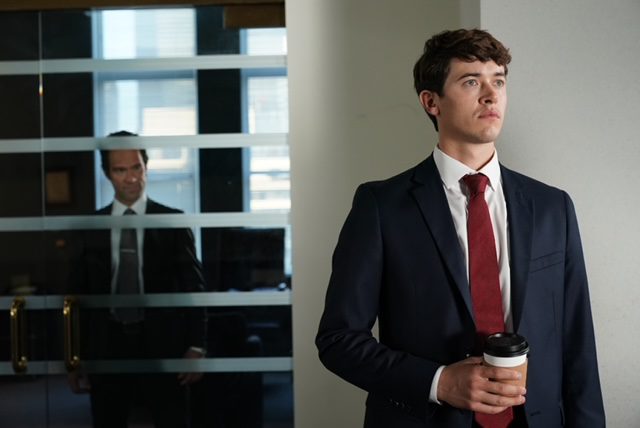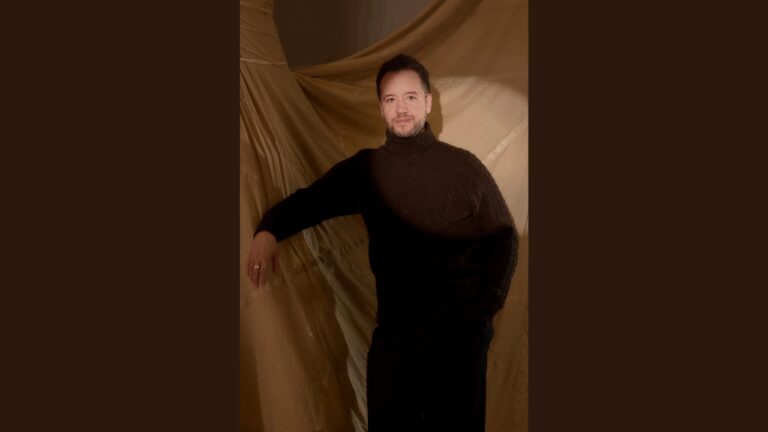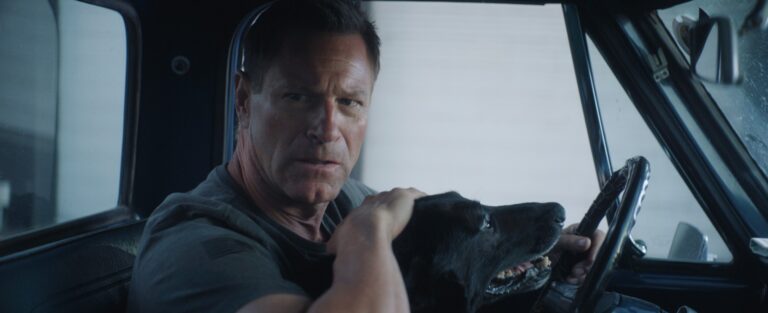For this installment of Commercial Audition Class, we’re featuring a casting director whose commercial portfolio includes some big-name campaigns such as the Coca-Cola Energy spot that starred Martin Scorsese and Jonah Hill. She’s also the casting director behind the 2016 Super Bowl commercial for Bud Light led by Amy Schumer and Seth Rogen. Additionally, Eskinazi is behind the cast of the viral Skittles commercial with the iconic line of “Hit me again, Tube Sock!” She even won a Daytime Emmy for casting Jason Zada’s short film about the Facebook app Take This Lollipop.
With more than 3,000 national and regional spots to her name, the casting director has a wealth of experience to draw from when it comes to teaching actors about commercial auditions. Eskinazi took the time to speak with Casting Networks and provide her own mini-class on the topic. Keep reading for six of her key takeaways regarding the process of auditioning for commercials.
1. Come as prepared as possible.
Get ahold of the breakdown beforehand and make sure you’re ready for everything it covers. That includes dressing for the essence of the character you’re portraying, which doesn’t mean fully costuming yourself. For example, if your character is a person who rides horses, you don’t have to wear a cowboy hat and full get-up. But you can put on a plaid shirt to suggest the character, which will help the client visualize you in the role.
Being prepared also means having all the technical aspects of a live, remote audition covered. Set up a room or a space in your home that is always ready to go so that we can focus on your performance during a Zoom audition, rather than on technical issues that could’ve been avoided.
2. Make your scheduled audition time if at all possible.
It takes a long time for casting directors to put together their perfect audition schedule, which also factors in group castings like putting together a family. If you have a hair appointment already scheduled and you receive an audition that takes place at the same time, I’d recommend trying to move the hair appointment. Because if you can’t make the slot we give you, we may have to cancel your audition. And showing up on-time for your scheduled appointment tells the casting director that they can depend on you.
3. Limit your takes for self-tapes.
Actors can sabotage themselves when doing self-tape auditions by thinking that the next take will always be better. Don’t get in your head about it, derail yourself, and wind up with 13 takes. If you limit yourself to just three takes, one of the first two is likely going to be your best one. Send just that one in instead of submitting multiple takes. You can send in a second one if you really want to, but we’ll probably just look at the first. We generally know within the first 10 seconds of a self-tape if the actor is right for the part or not.
4. Always send a link.
If you’re going to send casting a self-tape, always make sure it’s easily accessible. That means uploading it and then sending a link to us where it can be viewed. We should be able to click on the link and be taken straight to where we can watch the self-tape. If you send it in a way where we have to download it, chances are we won’t. We don’t have the time to figure out how to access it in that way, and it also runs the risk of coming with a virus.
5. Stick to the direction given for the character.
Try not to go overboard with your performance to the extent where we don’t know what’s going on. It’s fine if you want to add a button here and there, but keep in mind that the writer will be watching your take. Don’t go completely off-book. It’s a commercial so you’re not building a huge, theatrical character. You can put your own little spin on it, but don’t give a full performance from Gone With the Wind when that’s not what we asked for. We don’t need that.
6. Don’t continue on in the audition process if you know you’re unavailable for the project’s shoot date.
A lot of actors think they should still go to a callback because it’s a good opportunity to be seen, even if they wouldn’t be able to shoot the commercial should they book it. That’s going to have the opposite effect of what they want, though. I’ve had actors book a role and then tell me they aren’t available to shoot it because they’ll be in surgery. Appointments for surgical procedures are made pretty far in advance so if you tell us a few days before the shoot date that you’re no longer available for that reason, it makes us lose trust in you. And that makes us less likely to bring you in again for future auditions. It’s really important to just be honest.
Eskinazi wrapped her interview with one last lesson for actors. “Acting is an art, but it’s also a business,” the casting director pointed out. She recommends actors have a website where their reels, resumes, and other marketing materials can all easily be found in one place. Eskinazi also suggests that actors are active on Twitter, a platform on which they can follow filmmakers and interact with casting. She notes that it’s not a space where actors should overstep boundaries, but they can have casual conversations there “like you would at a cocktail party.”
Eskinazi has a strong presence on her own @DanielleCasting page, where she often shares helpful industry information. “I try to let actors know what’s going on in the business,” she noted. “When things are slow, I like to share it so that actors know it’s not just them.” Those looking for additional insights and lessons from the experienced casting director can check out the classes she offers on the Danielle Eskinazi Casting site.
—
This interview has been edited and condensed for clarity.
Follow us on Facebook, Twitter and Instagram for breaking industry news and exclusive offers!

